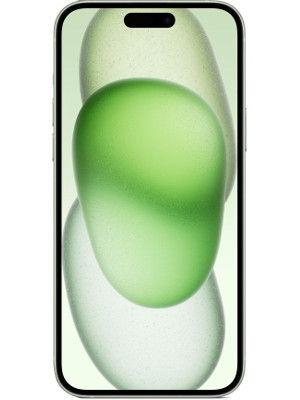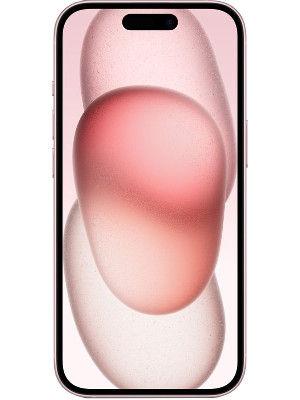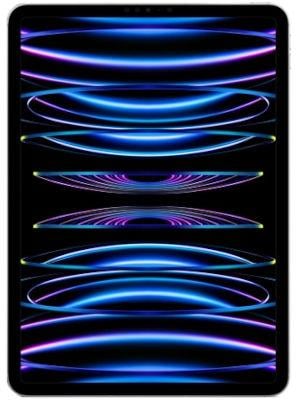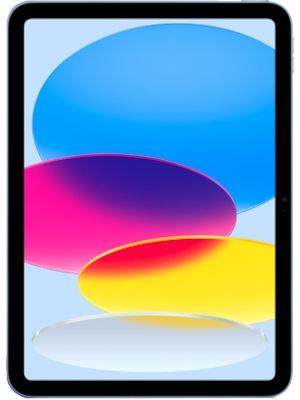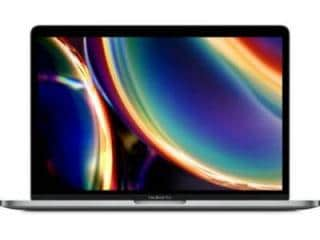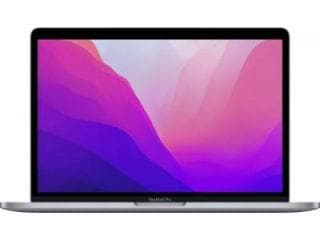Global Accessibility Awareness Day 2020: There is no one definition of accessibility, it’s all about inclusion
Technology has come a long way in making daily life easier for persons with disabilities, but how much? And what’s next? We spoke to some people to find out
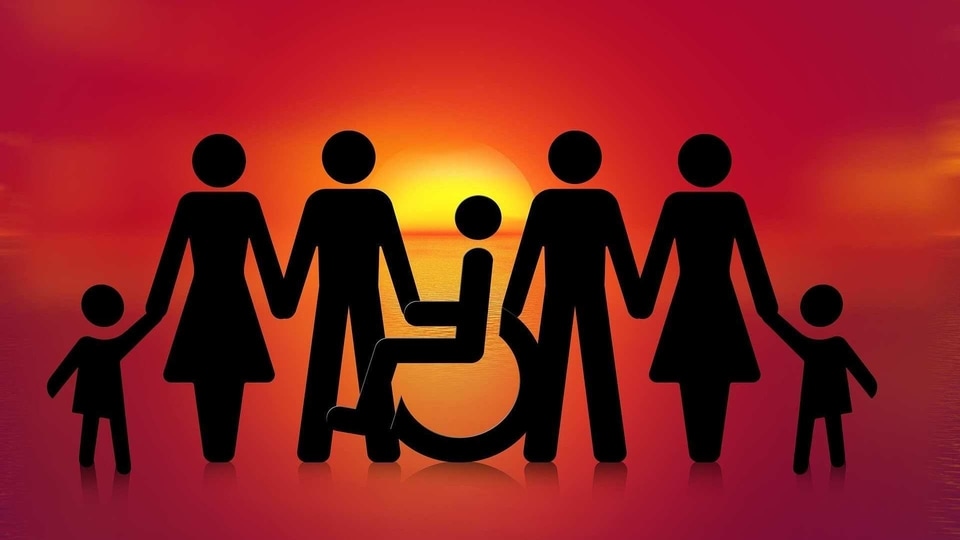
Technology has helped persons with disabilities achieve things in their daily lives that were impossible at one point in time. Smartphones helped integrate such people with the larger community and the journey forward continues with more and more solutions being formulated and being integrated into the fray and this is where hope lies.
Today is Global Accessibility Awareness Day (GAAD), May 21. A day to get everyone talking, thinking and learning about access and inclusion as far as persons with disability are concerned.
The Rights of Persons with Disabilities (RPWD) Act of 2016 recognises 21 disabilities amongst people. While we aren't unaware, there is no limit to how much more we need to learn and make space for.
Something that the founder of Enable India, Shanti Raghavan said during a recent chat stayed with me, “We lack exposure and therefore awareness as far as persons with disabilities are concerned. There is no cognition of needs since we do not have a lived story to go by.”
And since there is no exposure, most of us don't recognise that persons with disabilities are also people who are studying, working and living their lives to the best of their abilities. Just like we use solutions to help us out in situations, for example - you can't read the fine print? Use your smartphone camera to zoom in; persons with disabilities also have their own solutions.
We aren't different. It's just that our solutions are more commonplace, readily available and ubiquitous as compared to theirs.
“In the 16th century, people wearing glasses were considered to be visually impaired or visually challenged,” said Raghavan. “But since the solution for it, the glasses, was made so widely accessible and are sold everywhere, it doesn't look odd anymore. That's what we need for all solutions that persons with disabilities use,” she added.
Enable India works for the economic independence and dignity of persons with disabilities. Their work is aimed at reducing the GDP gap that is caused due to the exclusion of these people. And these people are mostly excluded since others have not been exposed to persons with disabilities while growing up, said Raghavan.
The NGO sees great value in hiring someone with a disability and it is not just about the economics of it all. When a company has a person with a disability working there like everyone else, the company becomes more solution-oriented and “the bar gets higher”.
At the core of this inclusion lies the smartphone. The one gadget that has made many others redundant and made a lot of things more affordable and easier to adapt.
If you check your iPhone's settings, and tap on the ‘Accessibility' tab. Under four sections - Vision, Physical and Motor, Hearing and General, there are more than 20 customisable options for you.


Apple built the first gesture-based screen reader into iOS about 10 years ago. It was the first touchscreen accessible to the blind - something that most people thought was impossible at the time. It changed the way members of the blind community interacted with technology.
Besides smartphones, there are also gadgets like Enable India's multipoint audio splitter that helps a person with vision impairment to hear audio output of multiple devices at the same time — like the phone and computer together. And apps like Awaaz, that helps anyone with a speech issue communicate using a tablet.
“I joined Dell in the year 2015. Initially, I underwent some training and had a contractual position. And currently I hold a permanent position as an IT Technical and Analysis agent,” said Pradip Sinha. He was born deaf and lost his sight when he was 12.
“At work, I use the Focus Scientific 40 Refreshable Braille Display unit which connects to my laptop with Bluetooth technology and the JAWS software. Using the braille display unit, I can toggle between my laptop and mobile device to check messages and read notes,” he explained.
Sinha started using an iPhone in 2018 and uses the braille display unit to connect to the device. Sinha uses the iPhone's VoiceOver feature extensively besides navigating his way through apps like Google Maps, Zomato and Swiggy.
He finds an iPhone easier to use than an Android device but he says that he still needs more time to explore all the features on the iPhone. However, while the phone itself might be easy to use, apps often are not.
“I regularly use Google maps, I find it hard to get information en route. The only information I receive from the app is whether to turn left or right, and that too the information it provides is not automatic. I would like that to improve,” Sinha said.
“Another difficulty I face is when I am supposed to use OTP. I need to go to open my SMS to get the OTP and by the time I am able to get the OTP and enter it, the time limit has already passed. I hope they give us more time to enter the OTP,” he said.
The problem with apps is something Arun Kumar Dua also pointed out.
Sixty five-year-old Dua is a retired officer from the Central Social Welfare Board, under the Ministry of Women and Child Development. He is now associated with an NGO called Disha. Disha produces audio books for the visually impaired, amongst other activities.
“Certain apps are not very useful to the visually impaired due to unlabeled buttons. If a platform can make it mandatory for app developers to be more careful and bring in as much accessibility as possible, that would help,” Dua says.


He gave the example of Ola, Paytm and Swiggy having recently updated their apps and the new features made the apps quite inaccessible because there were so many buttons which were not working on the VoiceOver. People had to switch to other apps, Dua said.
However, via their extended community that coordinates over WhatsApp, matters were taken up with Ola and even Swiggy and the issue has been fixed.
Dua is visually impaired, but it hasn't always been like this. His vision deterioration started 20 years ago. Right now, Arun has adjusted his life between his iPhone 5S, a 2018 iPad and a Blackberry KEYOne.
“The iPhone is very user-friendly for the visually impaired. You can do almost everything,” he said, but pointed out that he misses a physical keypad.
“A physical keypad is helpful for longer messages,” he said adding that a keypad is also helpful for IVR calls and messages when you are dealing with a bank. He uses the Blackberry KEYone for several things because it has a keypad.
“Senior citizens would also appreciate a keypad,” Dua said.
Besides a regulation policy for apps, and wishing for a physical keypad on the iPhone, Dua also pointed out that there aren't apps that are good enough to read a Hindi PDF well. The problem exists with other vernacular languages as well, but for Dua's use case, it's the Hindi PDFs that need a quick solve.
The wishlist for what can be does not end here, infact, this is just the beginning,
Narendra VG, currently working with Enable India, hopes that eventually accessibility settings for multiple disabilities can be packaged together.
“Something like direct settings to cater to certain kinds of disabilities so I can just pick a setting and start using it rather than having to customise it,” he said.
Narendra is a person with low vision, while he can move around independently, he cannot read or write comfortably. He uses the VoiceOver function on the iPhone extensively. At work, he is a workplace solution specialist and his job is to open up opportunities for the visually impaired.
“Check if the job is actually accessible for a VI (visually impaired person) or not, if the applications are accessible or not,” he said adding that he also tests apps, websites etc for accessibility at Enable India.
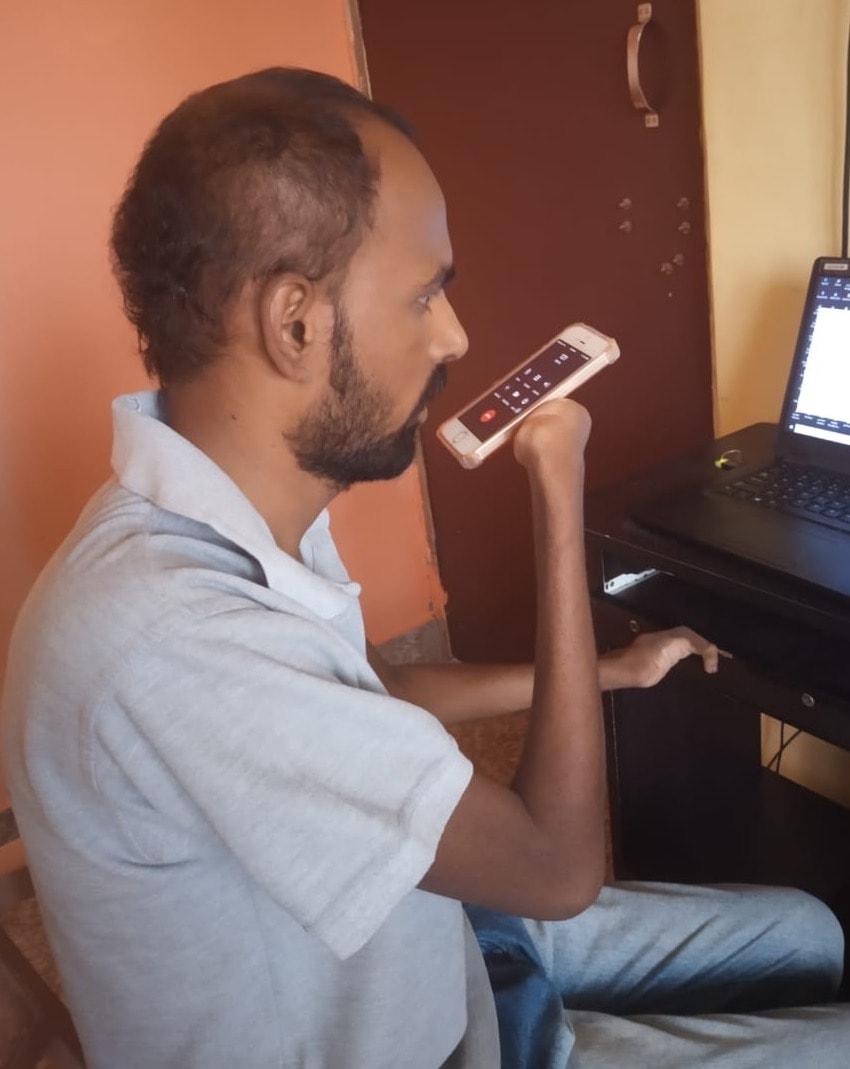

Narendra also has just one finger on both hands and he said that he moved to Apple from an Android phone because Apple's accessibility features worked better for him, especially the AssistiveTouch. He added that Apple's customisable options have been really helpful for him, earlier, on Android he was just using the talk-back feature as a screen reader and the option to customise did not exist.
“Touch response is very good on Apple, not so much on Android. I am able to reply to texts as fast as anyone else and I can use all apps easily,” he said.
Hari Raghavan uses his iPhone for all the ‘lifestyle' needs but he uses his Nokia E5 for calls and messages simply because it is faster. Besides the usual suite of apps like Zomato, Uber etc, Hari uses Cash Reader, Envision AI, Be My Eyes, Close Colour, Vocalize.ai, Tap Tap See (Hari prefers Tap Tap See over Vocalize.ai), 4 Down for crosswords and JAWS screen reader on his laptop and the Mobile Speak on his feature phone.
Hari's wish list for what should come to smartphones is a special feature in Dictate. The sales, marketing and business development expert with about 20 years of work experience, wants his iPhone to accommodate words that are not common and can be spelled out.
Sometimes some proper nouns are spelled differently, “I should be able to toggle between dictating words to spelling them out,” Hari said. Also, if there was a feature to scan documents better and something to cut through the verbosity and be able to search for a word, he said, along with something that can easily read medicine labels.
While most visually impaired persons like Hari use Close Colour, he wishes that there was an app that could tell him when clothes don't match.
As far as a wishlist goes, Raghavan feels that tech is on the right track. “A visually person can take a photograph, who could have imagined it,” she said.
However, she feels that more smartphone manufacturers need to do a ‘need-analysis' more often because now the audience, the persons with disabilities in this case, is more refined. Tech that was novelty last year is old now.
“If you are in touch with the community, and are aware of the diversity in disability, you automatically start catering to a wider spectrum,” Raghavan said. She also added that smartphone makers need to cater to those with cognitive disabilities a little more and mentioned the RPWD Act that recognises only 21 disabilities.
While this range of 21 disabilities covers a wide spectrum, there are certain disabilities that are not covered and we are not aware of their needs either.
“We need to be in touch with those communities to learn about what they need,” Raghavan said.
It IS all about inclusion after all.
Catch all the Latest Tech News, Mobile News, Laptop News, Gaming news, Wearables News , How To News, also keep up with us on Whatsapp channel,Twitter, Facebook, Google News, and Instagram. For our latest videos, subscribe to our YouTube channel.



